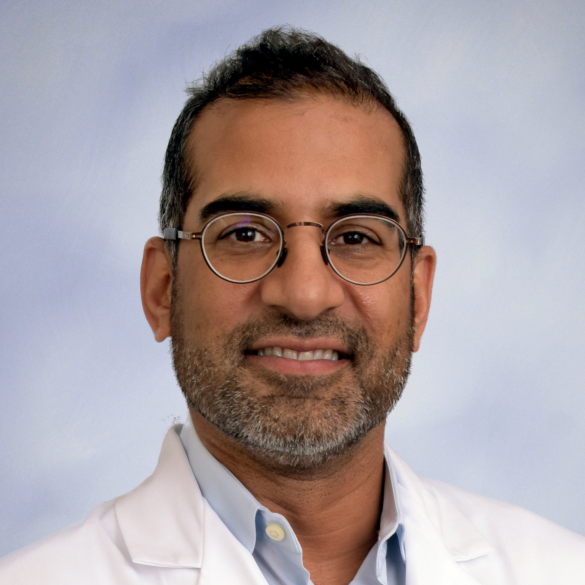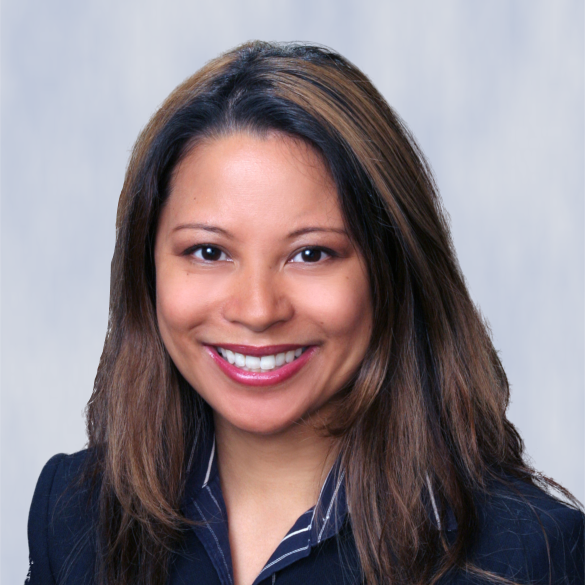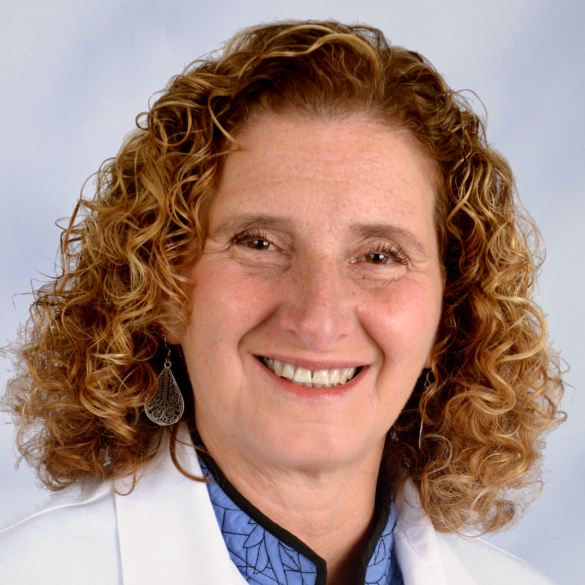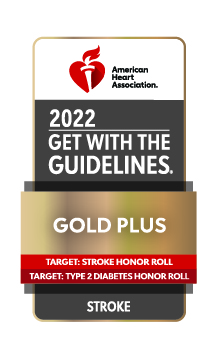When neck or back pain makes even the simplest movements difficult, we've got your back.
Why Choose NorthBay's Spinal Program?
When back or neck pain makes even the simplest movements difficult, it's time to get it checked out. Our spinal program's multidisciplinary team brings a "conservative first" approach, offering a range of holistic treatments that help your body heal. When stronger medicine is called for, whether it's specialized injections, minimally invasive spine surgery or spinal reconstruction — we have the experts on our team.
The NorthBay Spine Program team includes experts from a variety of disciplines including neurosurgery, pain management, and physical therapy.
Spine Program Conditions & Procedures
- Lower Back Pain
- Disc Disease
- Adult Scoliosis
- Spinal Stenosis
- Traumatic Spine Fractures
- Radiculopathy
- Sacroiliac Joint Pain
- Spondylolisthesis
- Nerve Blocks
- Steroid Injections
- Osteopathic Manipulative Medicine (OMM)
- Acupuncture
- Massage
- Lifestyle Coaching
- Physical Therapy
- Therapeutic Exercise (Warm Water)
- Cervical and Lumbar Discectomy
- Laminectomy
- Minimally Invasive Spine Surgery
- Intrathecal Pump Implant
- Spinal Fusion
- Disc Replacement
- Khyphoplasty
- Verteroplasty
- Spine Reconstruction
- Sacroiliac (SI) Joint Fusion
Spine Program Frequently Asked Questions
- Back pain that follows a trauma, such as a car accident or fall off a ladder
- The pain is constant and getting worse
- The pain is severe and does not improve after a day or two home remedies, such as rest, ice and non-prescription pain relievers
- The pain is worse at night (most common forms of back pain are alleviated by rest)
- Severe pain at night (e.g. pain that wakes one up from deep sleep)
- Abdominal pain that accompanies the back pain
- Numbness or altered sensation upper inner thighs, groin, buttocks or genitals
- Weakness, numbness or tingling in the leg(s) or arm(s)
- The pain continues for more than four to six weeks
It is estimated that 80% of people will have a significant episode of back pain that limits their ability to participate in leisure or work activities. After you have had a pain episode like this, there is a 90% chance that the pain will happen again. This is called recurring back pain. If a weak disc has started to bulge, lifting and twisting can put extra pressure on the weakened disc, expanding the bulge. The bulge can bring on the pain by putting pressure on the joints, nerves, or ligaments of your low back. With time or treatment, the bulge may get smaller and the pain may go away.
Back pain that comes and goes can also happen when weak abdominal and low-back muscles are not able to control the movement of the spine, leading to spinal instability. Whether the problem is from a weakened disc or from a spinal instability, you may benefit from a special exercise program or physical therapy to strengthen and stabilize your lumbar spine.
The term "conservative treatment" describes any treatment that does not involve surgery. Sometimes, this can be a recommendation that you do nothing but watch and wait. It can also include medications to relieve your pain, osteopathic manipulation, physical therapy, acupuncture and exercise such as warm water aquatics.
Traditional spine surgery typically requires long incisions in the back where muscles are cut to allow your surgeon access to your spine.
Minimally invasive spine surgery is performed through much smaller incisions using specialized instruments and navigational tools. Due to these differences, minimally invasive spine surgery can provide:
- Less pain after surgery
- Less blood loss
- Shorter hospital stay
- Faster return to work and daily activities
There are a number of things you can do at home to relieve your back pain. Your doctor may recommend using heat or ice, relaxation, breathing, and positioning exercises to help control your pain and relieve stress. Simply giving your body a rest can help calm low back pain, giving your back time to heal. If you are having pain with an activity or movement, it is a sign of irritation. Try to avoid all movements and activities that increase your pain. You may be given exercises for the joints and muscles above and below the sore area to help relieve your pain and protect your back during the initial healing phase.
Watch for pain or numbness that spreads into your arms or legs. This can be a sign that severe irritation in your spine is causing your symptoms to radiate outward. Problems with your brain and spinal cord can also cause feelings of numbness and loss of balance. See a doctor right away if you experience these symptoms.
A second possibly serious condition is called cauda equina syndrome. This can happen when a herniated disc in your low back gets so big that it fills your entire spinal canal. The pressure on your spine may cause paralysis of the muscles that control your bowels and bladder. People with back pain who lose control over their bowels or bladder should contact their doctor immediately.
Back pain that starts for no apparent reason may also be a "red flag" but it may not indicate a problem with your back or neck. Pain can begin from many sources for example, kidney pain can spread into your mid to low back and your gall bladder problems can radiate pain into your mid back and right arm. Other causes of pain that is felt around your spine can include aortic aneurysm and stomach ulcers.
If pain is severe, getting worse and preventing you from doing the activities you enjoy surgery is strongly considered. Numbness, tingling, and weakness are all possible signs of nerve compression and may indicate a need for surgery before nerve damage becomes permanent. Surgery may be needed right away if there is significant pressure on the spinal cord or a serious deformity of the spine.
A disc begins to bulge when the center of the disc pushes out against the ligament that surrounds it, much like air being blown into a balloon. Bulging discs are common, and can be seen on MRI even in people who do not have pain. A bulging disc will cause problems when it balloons into the space in the spinal canal.
In comparison, a herniated disc is like a balloon that has popped. The disc herniates when the soft, inner material squeezes its way through ligament tendon and ruptures — like a popped balloon. Pain occurs because of the tear in the ligament, the pressure of the disc material against your nerves, and from the inflammation caused when the inner material is squeezed out of the disc. If there is pressure on a nerve, symptoms of numbness and weakness may also be noticed in the areas supplied by the nerve.
Your symptoms may be a sign that a nerve is "pinched" which happens when a nerve is irritated from something rubbing or pressing on it. This can cause numbness in your skin, weakness in your muscles, and loss of reflexes in the area controlled by the nerve. Herniated discs, bone spurs, tumors or fractures are conditions that can cause pressure on one or more nerves.
Studies show that bed rest is counterproductive and often detrimental in treating back pain. Bed rest can cause your muscles to weaken and your joints to get stiff significantly slowing your recovery. Stop whatever activity causes back pain but remain as active as possible as long as you are not in pain. Bed rest should be limited to the amount of time it takes to get your pain under control and then you should start a program of strengthening and joint mobilization. Your doctor will help you decide if physical therapy is best for you.
Walking is probably the best exercise choice for your spine. It provides safe weight bearing for your joints and is great for managing day-to-day stress. Swimming is also an excellent exercise choice. The buoyancy of the water reduces stress on your spine and leg joints, and helps you to move more freely.
Make an appointment with one of our spine experts by calling us at: (707) 646-4370







